How to Train a Wolf dog: House Training, Socialization & Behavior
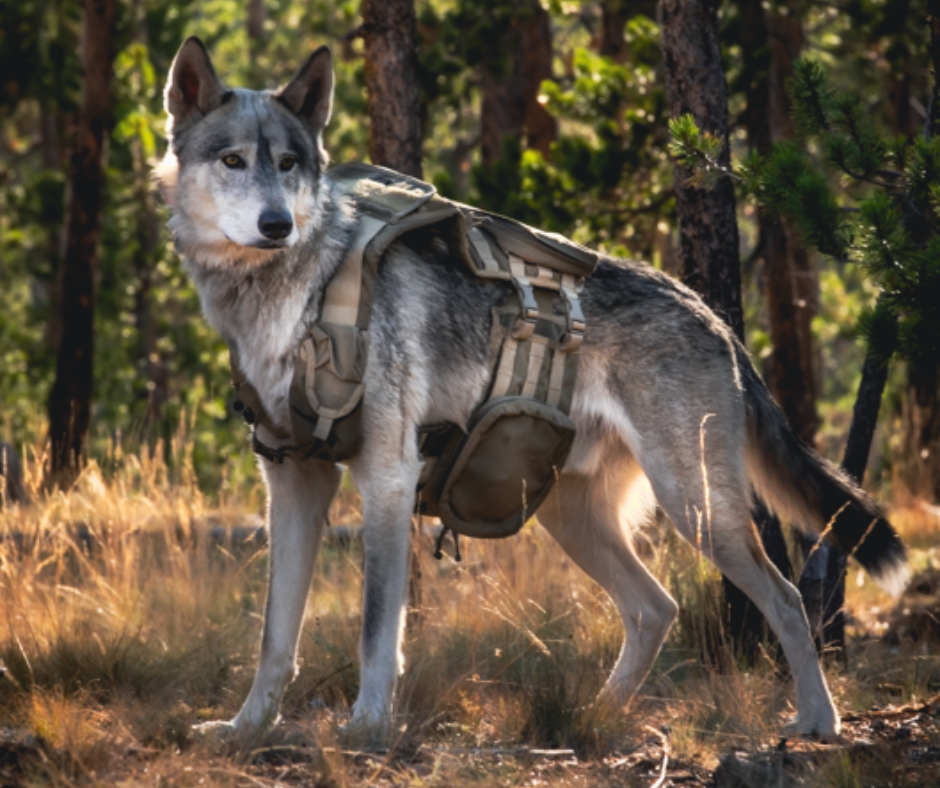
Whether you’ve just adopted a wolfdog or you’re considering it, congratulations! You’re in for a lot of love, fun, and excitement. Wolfdogs are amazing, intelligent animals, and training them can be very rewarding. However, it’s important to keep in mind that wolfdogs are not like other dogs. They require special care and training in order to reach their full potential as a family pet.
In this blog post, we’ll discuss the most important aspects of training your wolfdog mix. Keep reading to learn more about how to successfully train your wolfdog!
Table of Contents
ToggleAre wolfdogs Hard to Train?
Due to their unique ancestry, wolfdogs and wolf hybrids can exhibit strikingly different behavior from both wolves and domestic dogs. As a result, they require a specialized training approach that takes their natural behaviors into account. With the right training, however, wolfdogs can make loyal and loving pets.
The first step in training a wolfdog is understanding the animal‘s natural instincts and behaviors. Wolves are social animals that live in packs. They are naturally shy around humans and need time to get to know and trust their owners. Wolfdogs also have a high prey drive, so it’s important to socialize them early on and teach them that other animals are not prey. When training a wolfdog, it’s important to use positive reinforcement techniques such as treats, praise, and petting.
Establish yourself as the alpha
Wolfdogs are pack animals, so they need to know who the leader of the pack is. You need to be firm but fair with your wolfdog; set rules and boundaries, and enforce them consistently. This will help your wolfdog feel secure and know what is expected of them.
Start with basic obedience commands
Once you’ve established yourself as the alpha, you can begin teaching your wolfdog basic obedience commands such as sit, stay, come, down, and heel. Basic obedience training is essential for any dog, but it’s especially important for wolfdogs who may be more resistant to following commands than other breeds.
Leash Training
Leash training should be started as early as possible with a wolfdog puppy. It’s important to get them accustomed to wearing a leash and collar so that you can take them on walks and adventures without having to worry about them bolting away or getting lost.
You’ll want to start by letting your puppy wear the leash and collar around the house for short periods of time, gradually increasing the amount of time as they get used to it. Once they seem comfortable, you can begin taking them on short walks around the block, being sure to praise them lavishly whenever they walk calmly by your side.
In order to have the best possible experience when walking our wolf dog, we use a no pull harness. This type of harness provides us better control over our wolf dog and helps to prevent them from pulling.
Why Exercise is So Important
One of the most important things you can do when training a wolfdog is make sure they get plenty of exercise. They are very active creatures and need to be able to run and play. If you do not have a lot of space for them to run around, they may become destructive. A tired dog is a good dog, so be sure to take them on long walks or runs every day, or set up an obstacle course in your backyard for them to run through. If your wolfdog has too much energy, it will be harder for them to focus during training sessions and they may act out due to frustration.
House Training A Wolf Hybrid Puppy
House training a wolfdog can be challenging because they have a natural instinct to roam and explore their surroundings. It is important to begin house training as soon as possible so that your wolfdog knows where they are supposed to relieve themselves. The best way to house train a wolfdog is through crate training. Crate training involves confining your wolfdog to a small space (crate) when they are not being supervised so that they can learn to “hold it” until they are given the opportunity to go outside.
Tips for crate training your wolfdog:
- Choose the right size crate – The crate should be big enough for your wolfdog to stand up, turn around, and lie down comfortably, but not so big that they can use one end as a bathroom and the other as a bed.
- Put the crate in a comfortable place – Place the crate in an area of the house where your wolfdog can see you and your family members moving around. This will help them feel less isolated and more comfortable in their crate.
- Introduce the crate gradually – Start by feeding your wolfdog their meals in their crate so that they associate it with something positive (food). Once they are comfortable eating in their crate, you can start confining them to it for short periods of time while you are home so that they can get used to being away from you.
- Take things slowly – Don’t try to confine your wolfdog to their crate for more than they can handle at first (e.g., if they start barking or whining). Slowly increase the amount of time they spend in their crate until they are comfortable staying in there for longer periods of time (up to 8 hours).
- Supervise when they are out of the crate – When you let your wolfdog out of their crate, make sure you are there to supervise them so that they don’t have an accident inside the house. If possible, take them outside immediately so that they can relieve themselves before coming back inside.
- Be patient – Crate training takes time and consistency. Don’t get discouraged if there are accidents or setbacks along the way! Just stay patient and keep at it – eventually your wolfdog will get the hang of it!
- Reward good behavior – Whenever your wolfdog uses the bathroom outside or behaves well while in their crate, be sure to give them lots of praise and treats (they love bully chews)! This will reinforce good behavior and help them learn what is expected of them.
Leaving Your Wolf Mix Alone
Another difficult thing about training wolfdogs is getting them used to being left alone. Because they are social animals, they can become anxious and stressed when left alone. It’s important to slowly acclimate them to being alone by starting with short periods of time (a few minutes) and gradually increasing the amount of time they’re left alone over the course of several weeks or months. (This is where the crate training comes in handy).
When Crate Training Doesn't Work
If you have decided to take on the challenge of raising a wolf dog, you may find yourself in a situation where containment in the home is simply not an option. Some wolf dogs suffer from anxiety and extreme destructive behavior that make it impossible to confine them indoors. In this case, you should consider building a fully enclosed run for your wolf dog to stay in when you cannot be supervising him. A well-designed outdoor enclosure will provide your wolf dog with the exercise and space he needs to stay happy and healthy, while keeping him safely contained.
how big should an outdoor Enclosure be for a wolfdog?
Ideally, wolfdogs should have access to an outdoor containment that is at least 1/2 acre in size. This will give them plenty of room to roam and explore, while still providing a safe and secure space. The containment should be made of sturdy fencing that is at least 6 feet tall, with no gaps or openings that the wolfdog could squeeze through. It is also important to provide plenty of shelter from the elements, as well as toys and other enrichment items to keep the wolfdog occupied.
Intentional Socialization
Socializing a young wolf-dog is critical for their development into a well-rounded adult dog. Without proper socialization, wolf dogs can become fearful or aggressive towards people or other animals (including other dogs). The optimal window for socialization is from 8 weeks to 4 months old; however, it is never too late to socialize an older dog. Here are some tips for socializing your wolf dog:
- Get started early – It is best to start socializing your pup as early as possible so that they have positive experiences with people and other animals from an early age.
- Variety is key – expose your pup to as many different people (of all ages), animals (of all kinds), places, and situations as possible so that they become accustomed to new sights, sounds, smells, etc.
- Go at their pace – Don’t force your pup into any situation that makes them uncomfortable. If they seem scared or hesitant, take things slowly and let them approach new people/animals on their own terms.
- Reward good behavior – Whenever your pup behaves well around new people or animals (e.g., doesn’t bark or lunge), be sure to praise them and give them treats so that they know they’re doing something right! This will help them build confidence and foster positive associations with new experiences.
Tips For Training A WolfDog
Be patient
Training a wolfdog takes time and patience. Don’t expect them to learn everything overnight; it will take weeks or even months for them to learn all the commands you want them to know. And be prepared for the occasional lapse in training; even the best-trained wolfdog will sometimes forget what they’ve been taught!
Use positive reinforcement
Wolves are notoriously independent creatures, so using positive reinforcement is key when training a wolfdog. When they do something you’ve asked them to do, make sure to give them plenty of praise and treats! This will let them know that they’re doing a good job and encourage them to keep it up.
Be consistent
It’s important to be consistent with your wolfdog‘s training; if you only work on it once in awhile, they’re not going to make much progress. Set aside some time every day to work on their training, even if it’s just for 10-15 minutes at a time. The more consistent you are, the faster they’ll learn!
Get help from a professional trainer
If you’re struggling to train your wolfdog yourself, don’t be afraid to reach out for help from a professional trainer. They can give you tailored advice that will help your wolfdog learn more quickly and easily.
How to Train a Wolf Hybrid Puppy
Training a wolfdog takes patience, knowledge, and understanding of the animal‘s natural instincts and behaviors. It’s important to use positive reinforcement techniques, slowly acclimate them to being left alone, and confine them to small areas when they’re not being supervised in order to successfully potty train them. With time and patience, you can successfully train your wolfdog!
Happy Training!
If you have any questions, leave them in the comments below. For more resources, check out our other blog posts about wolf hybrids!

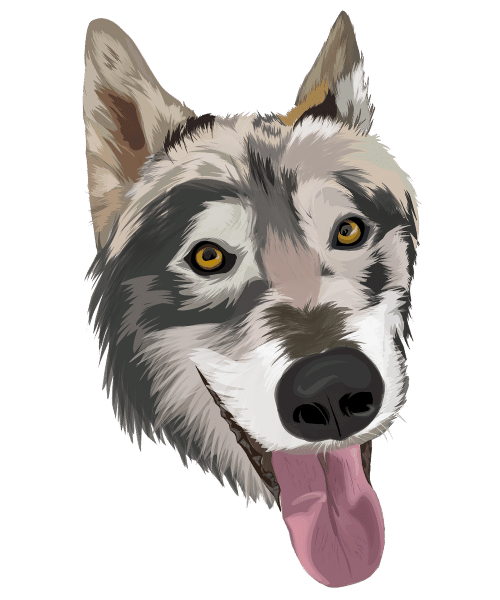
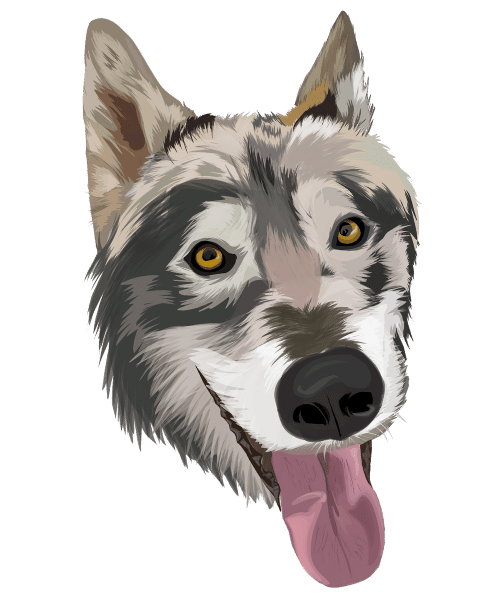
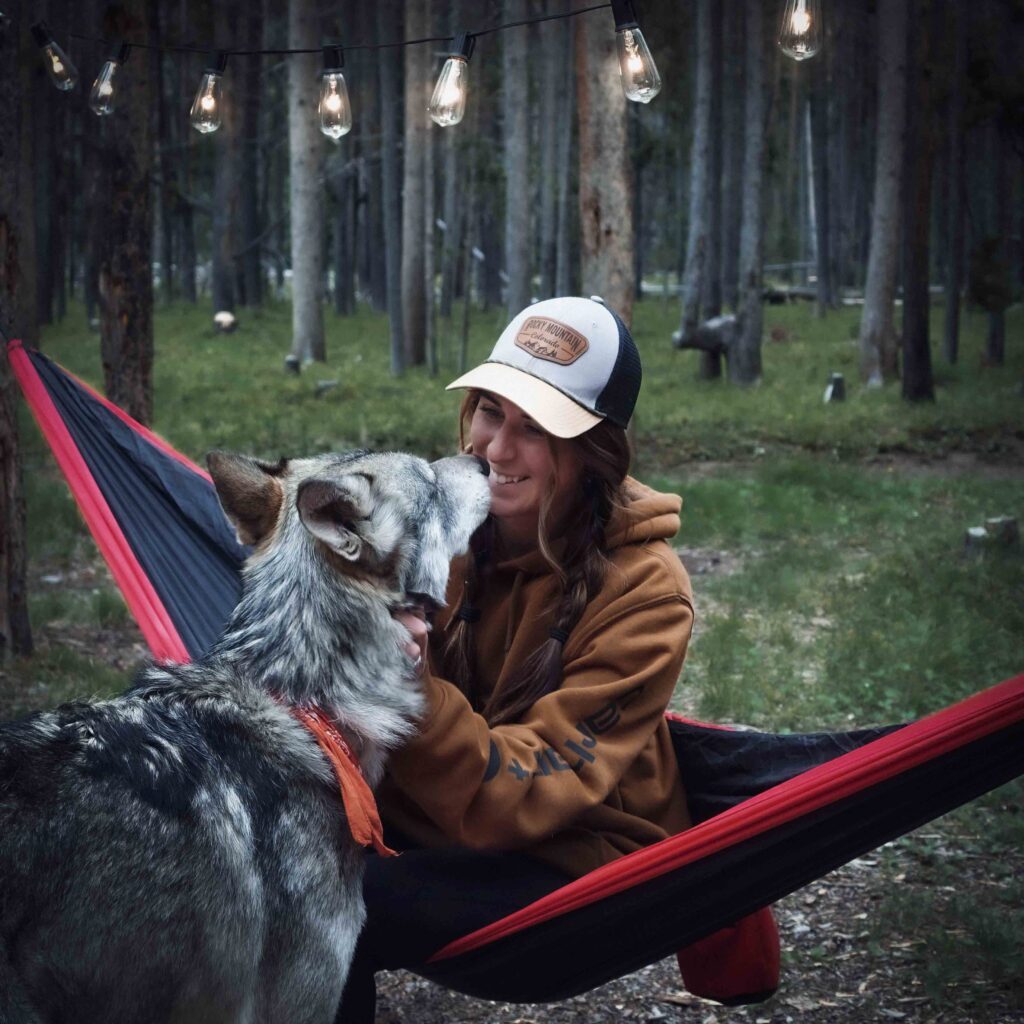
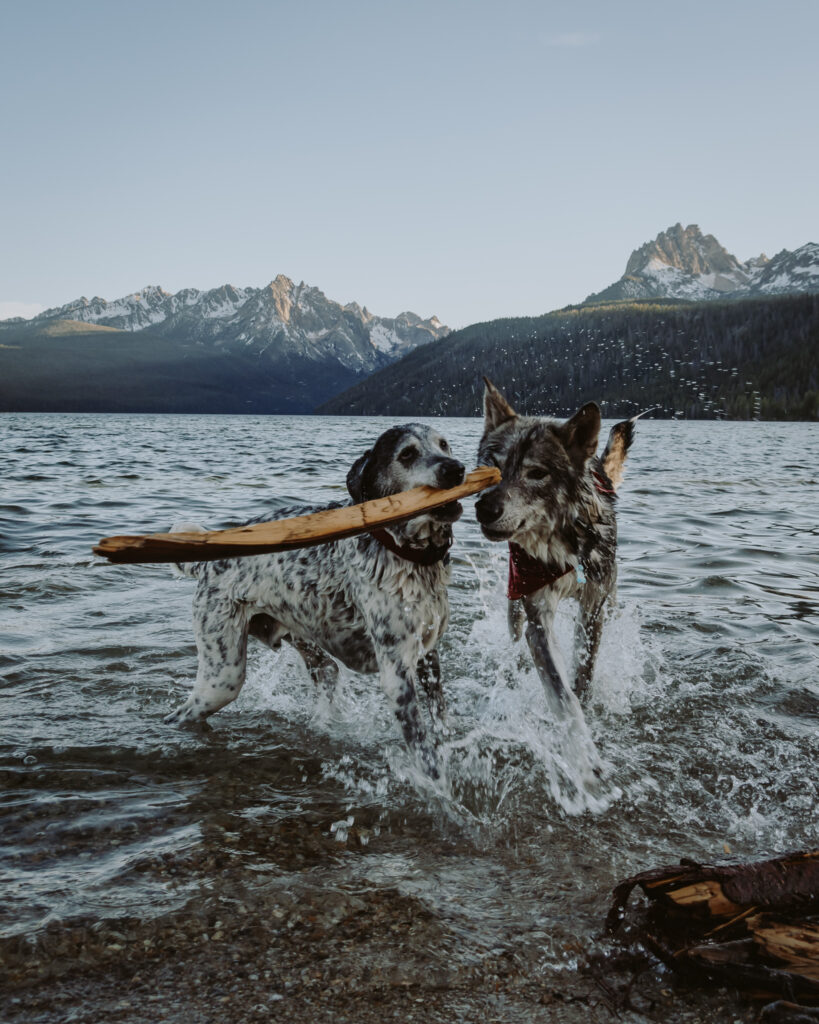
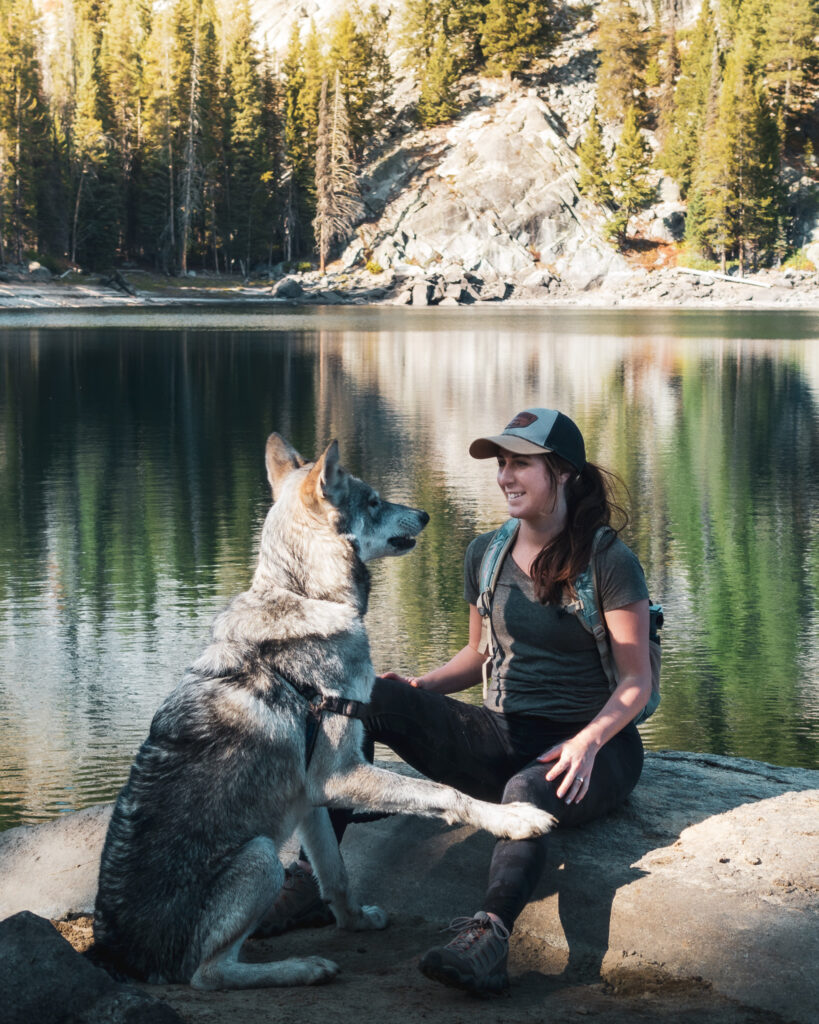
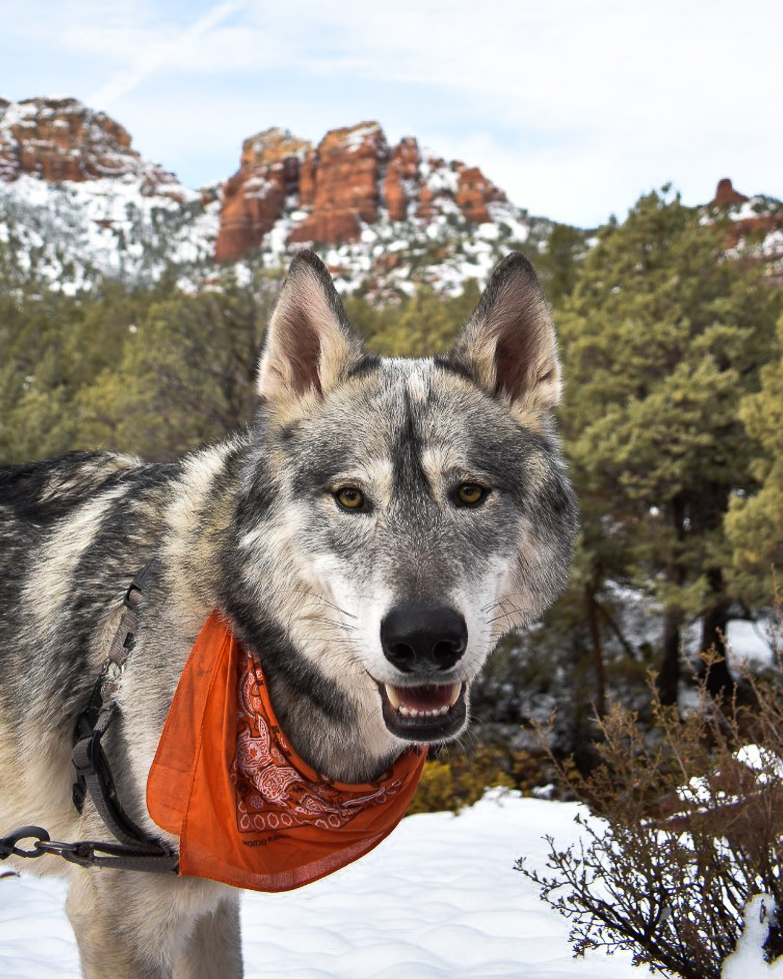
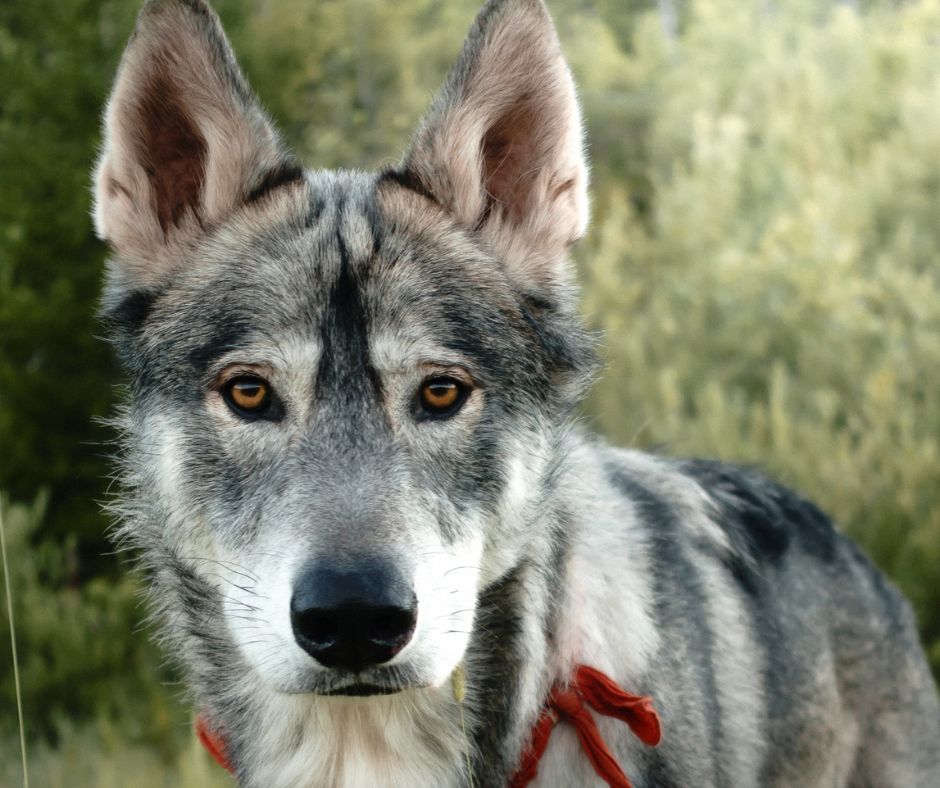
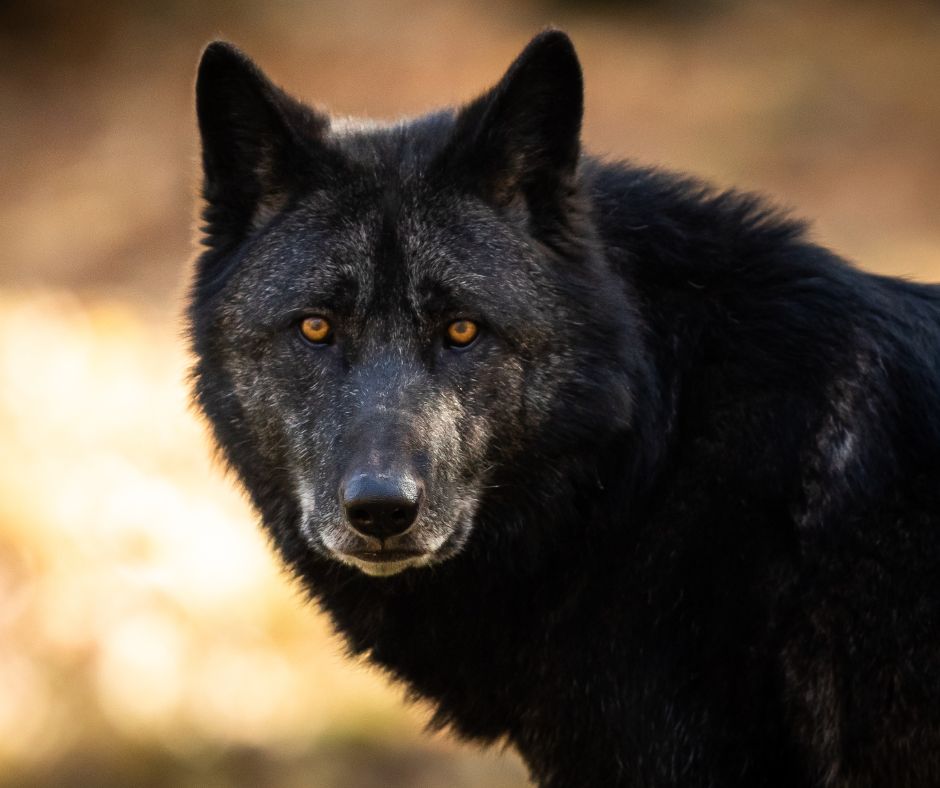
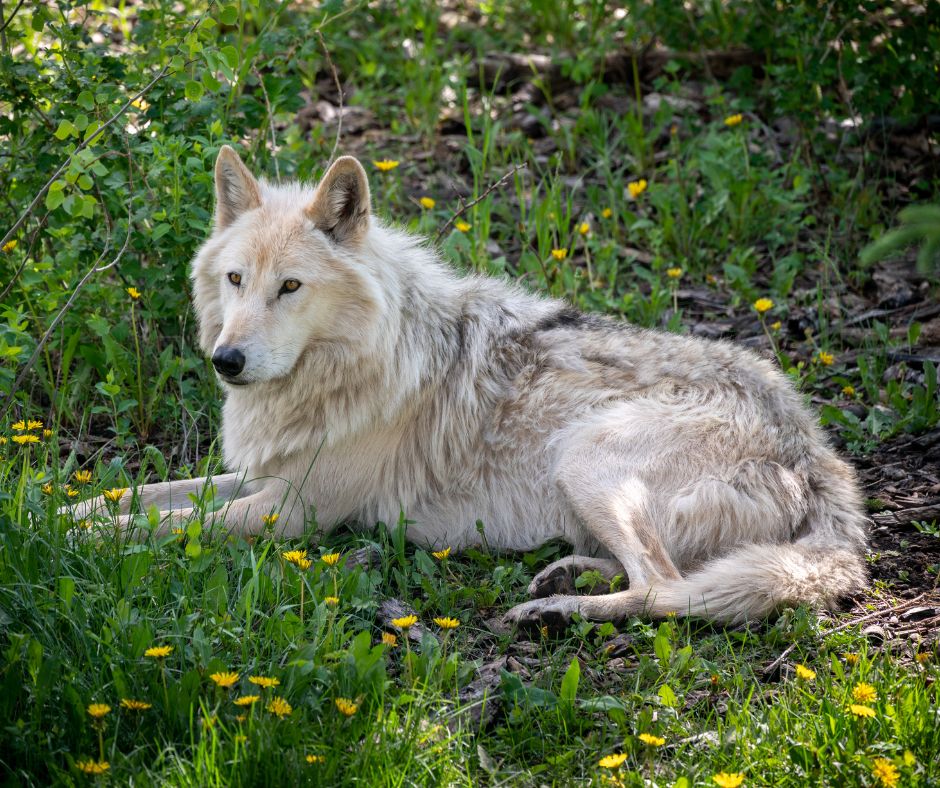
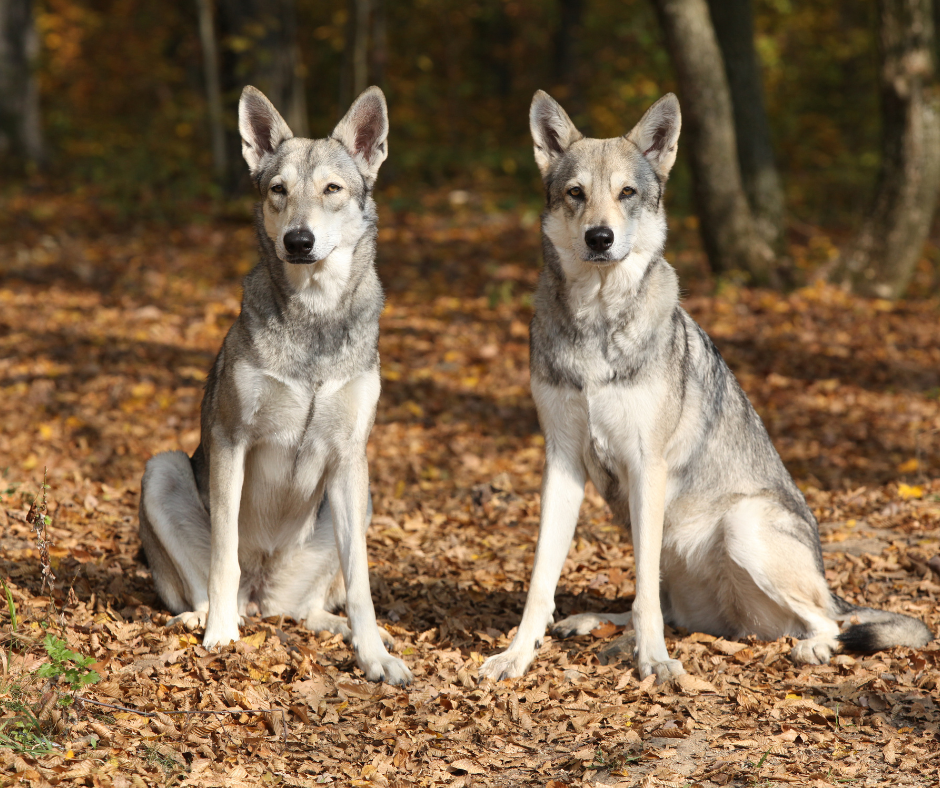
Hello Nicoll. Yes having a dog is such a cute thing but yes a wolf dog is not like other dogs, they required special care and training, and if we give training to wolfdogs in the right way, then definitely it can surprise us. Thank you!
Hi Nicoll
I’m interested in breeding a wolf dog hybrid. I have a female husky at home. Where should i go to capture a wolf? I hear the wolves in Minnesota are the strongest. Should I go there?
Also should I use a standard steel leg trap to catch the wolf of do you recommend another method?
Rob, I would strongly advise against attempting to breed a wolf dog hybrid. Not only is it illegal in some states, but it is also highly unethical and poses a risk to both the animals involved and any potential owners. Wolves are wild animals and should be treated as such. It is not advisable to attempt to capture a wild wolf for any reason, as it is dangerous and can lead to harm to both the wolf and the person attempting to capture it. Instead, I would encourage you to consider seeking out a reputable breeder who breeds wolf dogs responsibly and with the best interests of the animals in mind.
Hi Nicol! Love your content. I have a 9 month low content wolf dog. What age did you get your wolf dog neutered?
We got him neutered when he was 2 years old! It helped tremendously. Make sure your vet knows about the greyhound protocol since wolf dogs are very sensitive to anesthesia.
Rob, that is exactly how they start off breeding hybrids in the first place…but here is a little info..getting a big male doesn’t mean you will breed a big male in the littler…genes on both husky and wolf do matter. From own experience someone who has owned 2 hybrid and 2 95. Percent wolf….mine is the highest content so far I have seen from an actual wolf caught from wild. You have to have patience and lots of it. your correction has to be non physical or one day you will get the bite of your life out of nowhere. Secondly, they are very attached and need to know your presence is there and once they are bonded they will not be loyal to anyone but you..They eat alot..oboy you need to deworm them every 2-3 weeks…. And dog food alone won’t work…they are very smart..I would say smarter than any domesticated Shepard,Labrador…they can figure puzzles fast…they can hop an 8 ft fence…dig under and around house…. My point is this…in the proper trainer,owner,lifetime partners hands they are amazing and easily trained..but in another they will not be able to handle them…if you want the biggest and best…you get a tundra wolf and grey…that will give you max height and stocky…..you mix those and follow the strict training from 6-7 weeks you will have a loyal and obiedient wolf…wolfs love water and love to play..and believe it or not can protect better than a dog…my wolf doesn’t bark…he is silent….
No that isn’t how they start off breeding hybrids. The first hybrid programs were developed from zoo animals. German shepherds to be exact. Unless you go to primitive Nordic breeds such as the Sami breeds, that are all 500 to 3000 year old hybrid lineage from a single crossing. Czech wolfdog. From zoos. Saarloos. From zoos. Lycan shepherd, ambassador animals. Tamaskan. Hybrids wolfdogs and czech wolfdogs and saarloos. Nobody crosses wild wolves to dogs. Nobody captures wild animals to breed to dogs. Even the Labrador husky landrace breed from Canada, the natives don’t capture the wolves they leave dogs free range during mating season. And it often results in dogs getting killed while chained up doing it that way. Labrador wolves and the natives that breed Labrador huskies going back thousands of years have a special relationship with the wolves. Only reason it works. I’ve watched sled dog breeders get dams killed trying to chain them up to be mated by wild wolves. You use zoo blood. Or hybrids or wolfdogs. You don’t use wild animals. In fact many hybrid lines come from captire bred pure breds you can own in some states as working animals and pets.
Wow, William, this is truly enlightening information! I had no idea about the origins of hybrid breeding programs and the involvement of zoo animals, especially German shepherds. It’s fascinating to learn about the Sami breeds and their ancient hybrid lineage as well.
I’m genuinely curious, could you please share where you acquired this knowledge? It’s always great to expand our understanding and learn from reliable sources. If you have any specific references or information sources you could share, I’d greatly appreciate it. Thanks again for bringing this topic to my attention.
You don’t capture wild wolves this is highly illegal. Further more no locality of wolf is going to be stronger then another. Except potentially Canadian north western timber wolves which are the largest AND ALSO most human aggressive sub species of wolf. You have no experience with wolf dogs or hybrids. Breeding them will be an absolute disaster and you’re setting yourself up for extreme disappointment. Wolf blood comes from either accidental crossings or zoo animals or other high content hybrids and wolfdogs and they are generally illegal until past t generations removed from wild wolves. Don’t do it. And deffs don’t go capture a wild wolf. You’ll get yourself hurt and do nothing except he a poacher.
Hi, my boyfriend just got a wolf dog puppy. He is very frightened and I’m guessing he was left alone for the first few weeks of life. He hides, and doesn’t want to come out to socialize. My boyfriend also has a dominant cattle dog that is aggressive with him sometimes for no reason. We want all of our dogs to get along and feel loved always. Any tips please.
I’m currently fostering a husky hybrid, rescued from a high kill LA County shelter. There are so many dogs out there who’ve been surrendered, it’s disappointing to hear of people wanting to breed more dogs, particularly hybrids. I’m trying to find a good home for this guy, and it’s not easy. Hybrids take special care and patience and commitment and they’re not suitable for most families. Please, rather than breed, adopt one of the hundreds of hybrids who need a home. Thanks so much!
Absolutely, we couldn’t agree more! We’re on the same page when it comes to discouraging breeding, especially of hybrids, given the overwhelming number of wolf dogs out there who need loving homes. Hybrids indeed require special care, patience, and commitment, making them a responsibility best suited for dedicated and experienced owners. But hey, we get it, some folks might still want to go the breeder route, and that’s cool too! They just need to make sure it’s a legit and responsible one.